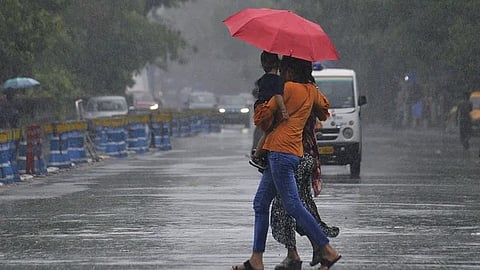

Monsoon in English evolved through Portuguese (monção) and possibly Dutch intermediaries and from Arabic ‘’mawsim’’.
It eventually came to describe the seasonal reversal of winds, from the southwest to the northeast, which dominates the Indian Ocean climate and affects regions like India and the Arabian Peninsula every year.
The monsoon season refers to the period of annually recurring wet weather, generally marked by heavy rainfall.
Most of India enjoys the South west monsoon - from June to late September, but the south east coast, which includes Tamil Nadu, depends on the north east monsoon for its annual rainfall.
The system brings rains after the retreat of the South West Monsoon, revitalizing water resources and supporting post-kharif agriculture.
Typical Weather Patterns have winds shifting direction from northeast, blowing moisture from the Bay of Bengal toward South India’s coastal regions.
Rainfall is often moderate to heavy, with occasional thunderstorms and flood risks.
This also coincides with the Dussera and Diwali festivals, literally ‘ dampening ‘ the festive spirits to some extent.
Rains starting mid-October extend into November and even December till the onset of misty mornings that ring in pleasant weather and slightly cold mornings in otherwise hot Chennai.
If your interests involve climate sciences, agriculture, or regional studies of South India, tracking the North East Monsoon helps explain water cycles and food production in Tamil Nadu and nearby areas.
Regular weather monitoring is crucial for effective planning during this monsoon phase.
